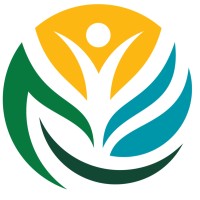Document Search
Notice of Proposed Rulemaking: Title 22, California Code of Regulations, Amendment to Preamble to Division 2, Chapter 3, Article 1 and Sections 12102-12302, 12304-12504, 12601, 12701, 12705, 12709, 12711, 12721-14000
OEHHA has submitted findings on the active ingredient Methyl Isothiocyanate.
The listing of N-carboxymethyl-N-nitrosourea as known to cause cancer and the delisting of cyclohexanol and 2,4-DP (dichlroprop) are effective January 25, 2002.
Notice of Intent to List chemical as causing reproductive toxicity under the authoritative bodies mechanism: Triphenyltin Hydroxide
Following their endorsement by the Scientific Review Panel, OEHHA adopted 12 Chronic Reference Exposure Levels, the fourth such wave accompanying the Air Toxics Hot Spots Program Risk Assessment Guidelines. Part III. The Determination of Chronic Reference Exposure Levels for Airborne Toxicants.
December 17, 2001 Meeting of the Science Advisory Board's Developmental and Reproductive Toxicant (DART) Identification Committee to: elect a chair; consider the listing of Metribuzin, cyclohexanol, and 2,4-DP for reproductive toxicity; and to consider the removal from the Section 14000 list for t: N- methylpyrrolidone (tera), diclofop methyl (tera), dinocap (tera), fluvalinate (tera), nitrapyrin (tera), and triadimefon (repro) and 1,6-Hexamethylene diisocyanate (rtox, tera).
Revised agenda for the December 17, 2001 meeting of the Science Advisory Board's Developmental and Reproductive Toxicant (DART) Identification Committee.
OEHHA has provided a number of comments on the risk characterization methodology and conclusions on the TAC documents for Methyl Isothiocyanate.
Chemical listed effective November 16, 2001 as known to the state of California to cause cancer: Methyleugenol.
Request for information on Diuron to be considered by OEHHA's Science Advisory Board's Developmental and Reproductive Toxicant (DART) Identification Committee
